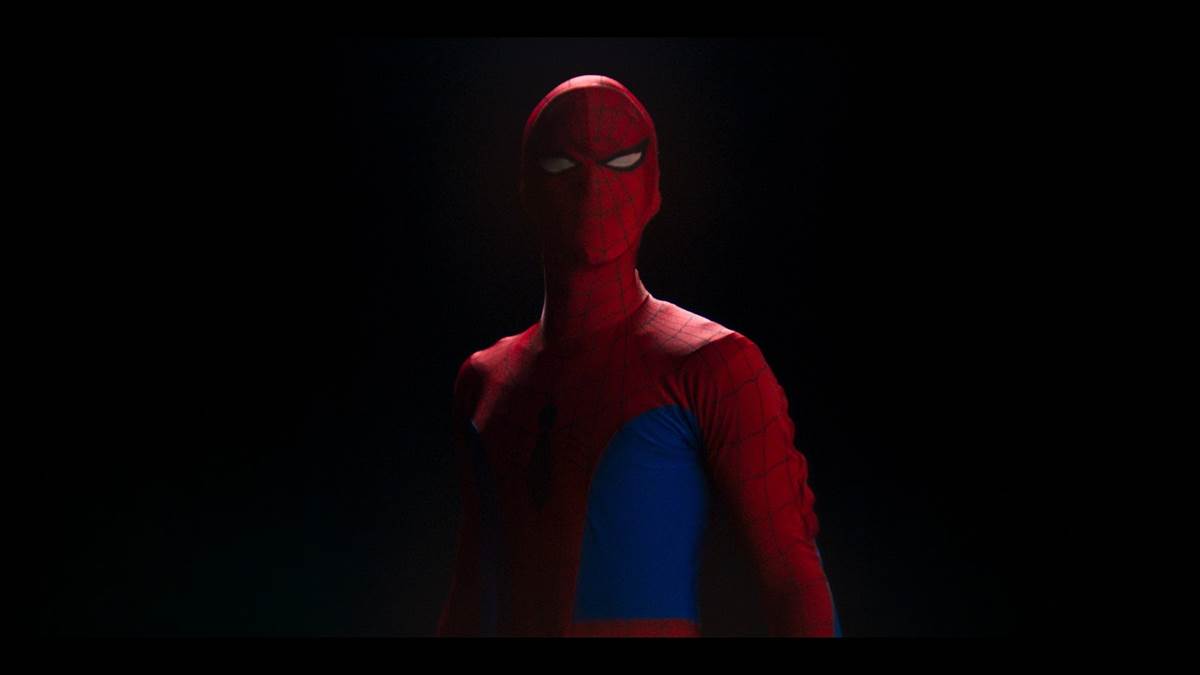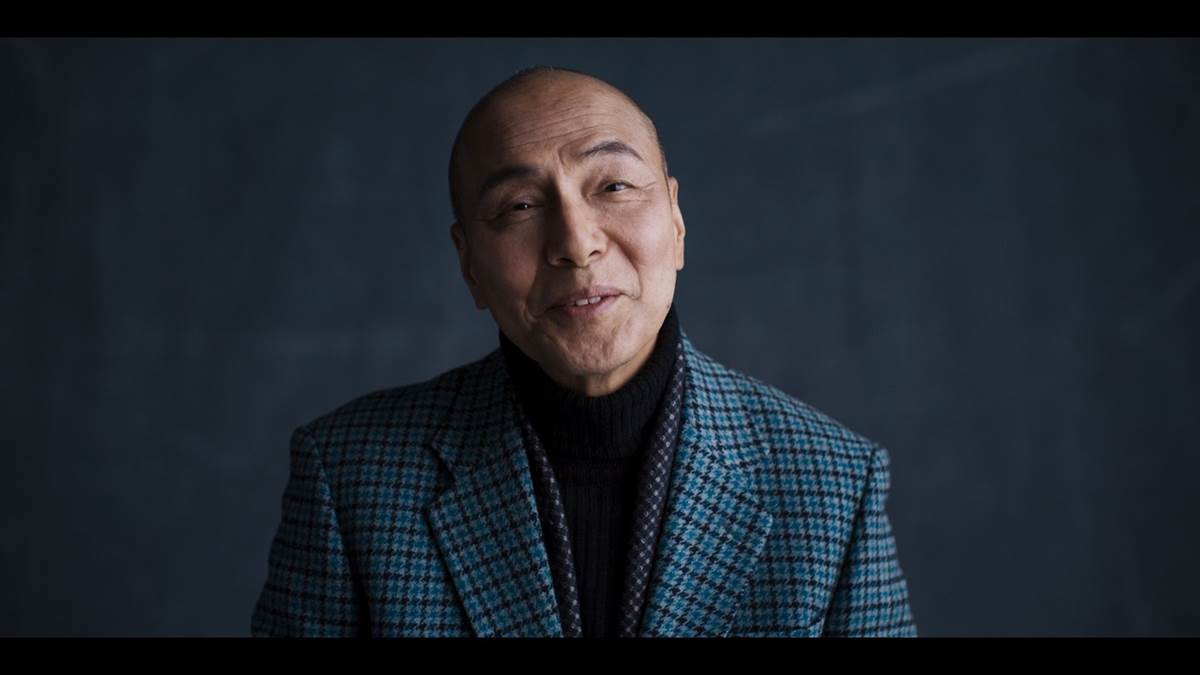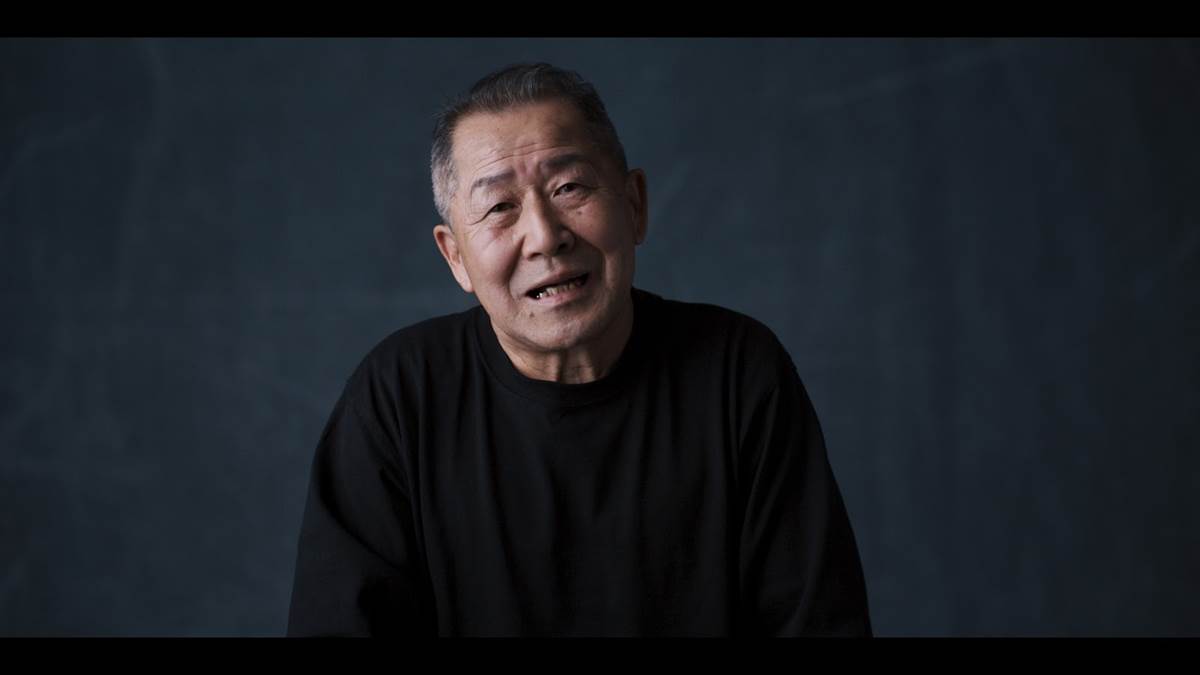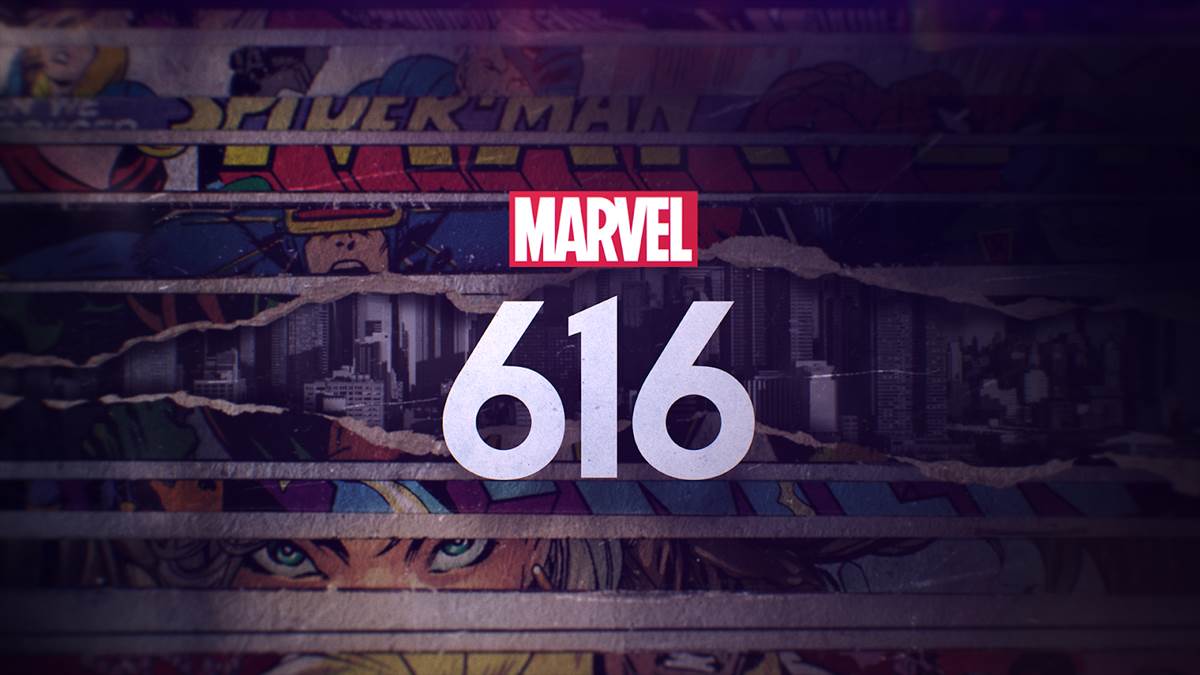Marvel’s 616, a brand new series on Disney+, explores Marvel’s rich history by going way beyond the stories and character everyone already knows and loves. Eight different filmmakers take a deep dive into completely unique Marvel stories that interest them.
The first episode, directed by David Gelb, looks into the very little-known Japanese Spider-Man series and the very different take on the character that it presented. The episode hears from the creators and cast of the 1970s series that is unlike any other Marvel series ever made.
The episode opens with Gene Pelc, a Marvel representative, explaining how he was given the assignment to help create a Spider-Man series in Japan. With Marvel being very particular about how their characters could be used and Japan having a very different style of entertainment, Marvel allowed for the series to be a completely different version of the character so long as the series never mad it out of Japan.
Pelc explained how he brokered a deal with Toei, a production company, to create the new show. He promised a completely new take on Spider-Man, one that would excite Japanese audiences and eventually sell a bunch of toys based on the series. Toei of course agreed and Marvel reiterated that whatever they came up with could not make its way out of Japan.
The reason Marvel was so adamant about that point, was the drastic changes to the character. Toy designer Katsushi Murakami was introduced next and he explained how he created the robot that Spider-Man would use in the show. That’s right. A Spider-Man robot. Murakami explains that he decided the robot should be designed to look like a Sphinx. When he was questioned by the people behind the camera if anyone ever asked him why the robot would be a Sphinx and not a spider, he simply explained that people just went along with whatever he would design.
Interestingly, Marvel was completely fine with these major changes to the story of Spider-Man so that he could better fit with a Japanese audience. The only things that had to remain the same however, were the costume design and his spider powers. He still needed to put on the red and blue tights and climb up walls.
Next, we meet Spider-Man himself. Shinji Todo portrayed Spider-Man in this series and – while his name doesn’t exactly come up with Tobey Maguire, Andre Garfield and Tom Holland – he is still clearly very passionate about the project.
Todo talks about how this was his first major acting job and he was incredibly excited for it. He also explained that the team got together and watched the 1977 American Spider-Man film and he absolutely loved it, which only furthered his excitement. Todo specifically points out that he loved how human Spider-Man was, a trait that has alway separated Spidey from other superheroes.
The episode is of course littered with great footage from the Japanese Spider-Man series, as well as all kinds of other behind-the-scenes footage and more. In one of the coolest clips, Stan Lee is being interviewed about the American Spider-Man film and other Marvel projects and he expresses a bit of a distaste for them, saying “the beginning ones weren’t bad, but I think the future ones will be much better.” Clearly, Stan Lee always had an eye for what would be a hit.
At this point in the episode, we get to learn about the story of the Japanese Spider-Man. Takuya, who replaces Peter Parker in this story, sees his father killed by the villains of the story. He himself is then almost killed before he is rescued by an alien from the planet Spider, who injects him with something that gives him his spider powers and transforms him into Spider-Man.
Next, we meet Rika Miura, who played Hitomi in the series. Hitomi is a love interest of sorts and a character who ended up being very popular. She explains that she had never heard of Spider-Man when she was cast for the part and expected something very different from what he actually was. She admits that she never thought the show was going to work.
Next, stunt coordinator Osamu Kaneda talks a bit about how he drew his inspiration for the character’s actions directly from the comics. He wanted to recreate exactly some of the poses and action sequences from the Spider-Man comics, which left him demanding a lot from his stunt workers.
One of those stunt performers was Hirofumi Koga, who talked about how, even when doing something as simple as crawling in the Spider-Man suit, Kaneda would always demand that he get lower so that he could look and move like an actual spider.
Next, Pelc explains how they came up with the name for the GP7, Spider-Man’s car in the series. Yes, Spider-Man also drives a special car. He explains that, while many people thought it stood for Grand Prix, it was actually inspired by his sign off line from when he was a DJ.
Next, Todo talked about three of the most memorable villains from the series: Amazoness, Ninder and Professor Monster. Yes, the primary villain in the series was named “Professor Monster.” He explained that Amazoness was Professor Monster’s right hand and Ninder was an army of goons who sounded oddly like crows.
The team next discussed the show’s very low budget. The series was not shot in Tokyo because it would have been too expensive, so most scenes were shot in the woods or mountains. They also showed that they reused a great deal of scenes, particularly during the giant robot fights.
One scene that was shot in Tokyo though was simply used in the show’s introduction. Koga recalls climbing up the Tokyo tower for the into, and doing so without any sort of rope or harness. Koga later talks about some of the other dangerous stunts he did for the show, some of which actually resulted in injuries. Specific examples he lists include swinging from a suspension bridge into some trees, getting chased an eventually bit by a dog and even running over explosives that were set off a bit too early.
In one of the most emotional moments of the episode, Todo talks about how he had actually lost his father before getting the role in this series. Since he was such an inexperienced actor, he was told to simply memorize his lines and repeat them verbatim. For the death scene of his on-screen father however, he was told he could improvise his lines. The result was of course very heartfelt and touching.
Finally, we get to a point where Marvel comes to Japan to see a pilot for the Japanese Spider-Man series. Pelc explains how nervous he was because if they didn’t like it, he would be out of a job. He talks about how, when the episode finished, the Marvel executives immediately began bashing it and talked about canning the project. Stan Lee however, gave it a standing ovation and saved the series from being cancelled before it ever started. In one of the coolest and funniest scenes in the episode, Todo learns on camera that Stan Lee loved the series. Understandably, he is shocked by this news and laughs as he hears it.
Todo also explains how this series was much more than just robot fights and explosions. A montage of lesson-teaching scenes featuring children is shown as he explains that this series was always meant to be a children’s show and wanted them to learn something from it.
As the episode begins to wrap up, everyone reflects a bit on their work on this series. Pelc explains how this series went on to inspire a robot-based comic that then went on to spawn a very popular group of robot characters known as the Transformers. He also credits the series as inspiration for a wave of shows that eventually saw the creation of the Power Rangers.
Todo talks a bit about his most memorable scene from the show, which happened to be the very last scene. The final scene of the series plays as Todo explains that he was staring at the sunset over the ocean telling his deceased father that he had won. Again, an emotional scene for a show that was mostly a guy in tights fighting a man in a cheap gorilla costume.
The episode ends with some more really great old footage, this time showing a young Stan Lee meeting the Japanese Spider-Man in his office. You can see the joy on Stan’s face as he even goes as far as to refer to the character as his “son.”
You can learn more about Marvel’s 616 and see recaps of each episode here. All eight episodes of Marvel’s 616 are streaming now on Disney+.





